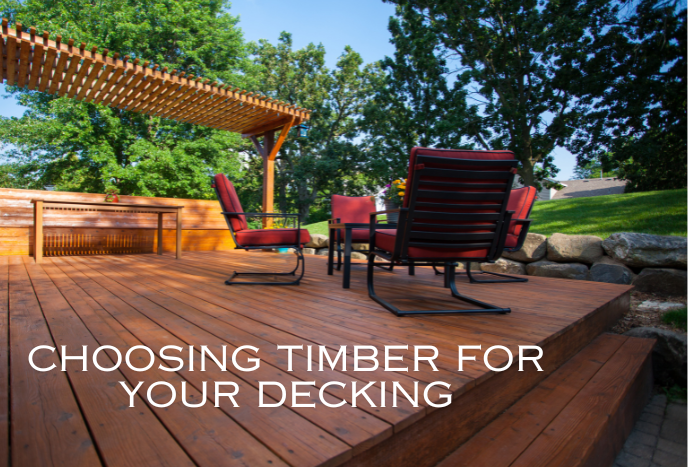The best timbers for decking

If you want to build a deck, nothing beats the look of natural timber. But which variety is best for you?
Here’s our pick of the most popular options.
Treated pine. An inexpensive option, pine makes a great looking deck and takes stain or paint well. However, not all treated pine is alike. The “H” (Hazard) rating will tell you if it’s suitable for outdoors and if posts can come in contact with the ground.
Jarrah. A more expensive option, jarrah’s colour, ranging from light to dark browns and reds, makes it a popular choice. If left unsealed, it turns grey over time, and has a durability rating of 2, which makes it good for decking. It’s also fire-resistant and suitable for use in fire-prone areas.
Blackbutt. Another highly fire resistant timber, Blackbutt is pale brown. It can be stained, but will crack if left unsealed, so should be sealed as soon as possible and resealed periodically.
Spotted Gum. Another good choice for bushfire-prone areas, it has a durability rating of 2 – good for decking. It has more colour variations than blackbutt, ranging from pale brown to chocolate brown and is a dense timber that shrinks very little when compared with other timbers.
Merbau. Another popular, inexpensive option, Merbau has a high durability rating of 2 and is rot and insect resistant. Much of the merbau used here comes from SE Asian rainforests. So, look for sustainably harvested timber, where possible.
Stringybark. Comes in white, yellow and red. White stringybark has a durability rating of 3 and is unsuitable for outdoor use. Yellow stringybark has a durability rating of 2, okay s for decking. Red stringybark is less common and more expensive than yellow.
Ironbark. Ranging from pale brown to deep red, ironbark got its name because of its heaviness and high density. It’s challenging to work with for this reason but has the highest possible durability rating of 1. It’s also fire, termite and rot resistant, which makes it great for pool decking.
